It’s impossible to get the measure of the Cheltenham Music Festival in just one day. Lasting more than a fortnight, this is the festival that made the running in postwar British music: that helped put Malcolm Arnold and Robert Simpson on the map and defined a genre - the “Cheltenham Symphony”. Times change and financial pressures increase, but under the artistic directorship of Meurig Bowen, Cheltenham is still a powerful (if undervalued) force in contemporary classical music. Of the 120-odd composers in the 2016 Festival, at least one third are alive. The programme boasts 15 world premieres, with composers ranging from Kurt Schwertsik and Arlene Sierra to the late Herbert Howells.
You’d need a lot of free time to take it all in. The first concert I caught was low on new music, but typified another Cheltenham strength – discovering artists of international stature on the upswing of their career, and then asking them to do something a little different. In this case, that meant a morning recital at the Pittville Pump Room by a team of BBC New Generation Artists – the Quatuor Van Kuijk and the Belgian clarinettist Annelien Van Wauwe (pictured below right) – playing not Mozart or Brahms, but the far less frequently heard Clarinet Quintet by Weber. Earlier, Van Wauwe had shown her control and breadth of tone in an incantation-like account of Stravinsky’s Three Pieces for solo clarinet. Now she responded to the quartet’s hushed introductory phrases by seeming to float Weber’s sighing opening theme across the accompanying strings.
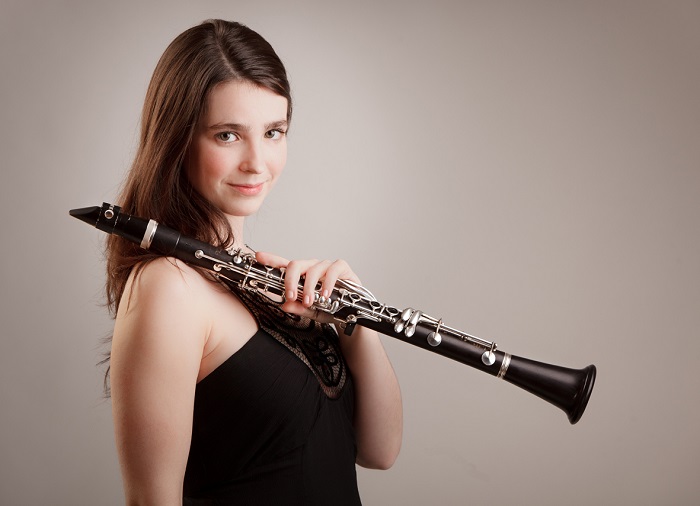 The poetic atmosphere generated in those opening bars went a long way in a work which no-one could claim is terribly profound. No question here of the clarinet being first amongst equals. This is practically a chamber concerto and the Van Kuijks seemed to be enjoying the fact: smiling, delighted, as Van Wauwe rippled cheerfully over another dizzying run, and launching themselves enthusiastically at Weber’s jaunty singspiel melodies. And why not? Van Wauwe is a hugely engaging performer.
The poetic atmosphere generated in those opening bars went a long way in a work which no-one could claim is terribly profound. No question here of the clarinet being first amongst equals. This is practically a chamber concerto and the Van Kuijks seemed to be enjoying the fact: smiling, delighted, as Van Wauwe rippled cheerfully over another dizzying run, and launching themselves enthusiastically at Weber’s jaunty singspiel melodies. And why not? Van Wauwe is a hugely engaging performer.
Besides, the Van Kuijks had already shown their chops in a performance of Ravel’s F major Quartet that was both subtle and richly layered. They build their ensemble sound upwards from the soft, deep tone of cellist Francois Robin and the articulate and lucid playing of their viola player Gregoire Vecchioni. It’s all about the textures in the middle of the ensemble; the result, in the Ravel, was a sound that glowed from within and which freed leader Nicolas van Kuijk to indulge in flights of fantastic delicacy and imagination. But this whole group revels in fantasy and colour: witness a tangy, almost percussive scherzo, and a buzzing electrical storm of a finale. No wonder all the most exciting young players of today are forming chamber groups. In the 21st century it’s the string quartet that’s emerging as the true “ensemble of possibilities”. You don’t need new music for innovative music-making.
The genius of the piece is that it's just unmemorable enough Meanwhile, a few blocks over at St Paul’s Church, a real festival occasion had just got under way. Cheltenham isn’t alone in celebrating the 150th birthday of Erik Satie. But even his most committed champions tend to draw the line at performing his Vexations (1893) in their entirety. The piece comprises a melancholy 13-bar chorale for solo piano, to be repeated (Satie was typically precise on this point) 840 times in succession. Until 1963, when John Cage (who else?) arranged a full performance in New York, it was generally assumed to be a joke. But not in Cheltenham, where a roster of 56 pianists had been assembled as a sort of musical relay team to play the full 18-hour stretch.
I arrived about one hour in: a screen indicated that we were on repetition No.61. Two pianos – an electric clavinova and a battered-looking upright painted with the Tricolore and a caricature of the composer – were in use, allowing smooth handovers (the repetitions followed without a break). Sofas and beanbags formed a semicircle on the church floor and an audience of about 15 people came and went – some listening intently, head back; others standing about with mugs of coffee, and one or two quietly checking their mobile phones. All the while, the music continued, not so much vexatious as relaxing in an ambient, minimalist kind of way: until, that is, you gave it your full attention.
Then, Satie’s questioning harmonies really did seem to draw you in and under. The genius of the piece is that it’s just unmemorable enough: the sense of repetition vanishes and instead you become intensely aware of the smallest variations in timbre or pace. After 15 minutes, the transition from conventional piano to clavinova felt like a brutal jolt. After 30 minutes, the eyelids started to droop. The bleep of a reversing bin lorry filtered in from the street: Satie would probably have been delighted. After 40 minutes we were on repetition No.88, and I left them to it. A timetable by the door showed that Alistair McGowan would be taking a turn at the keyboard later in the day. The John Wilson down to play the 4.45pm slot was, it turned out, a local resident, and not the star of the next concert.
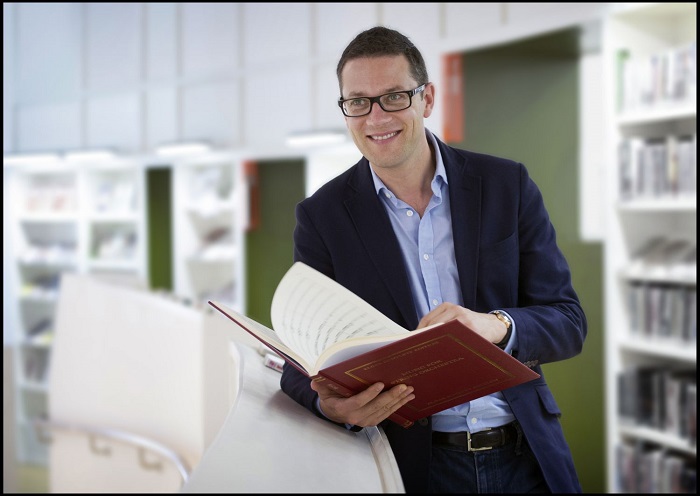 The other John Wilson, as it were (pictured left) was conducting his own John Wilson Orchestra at Cheltenham Town Hall, in a concert featuring much of the repertoire on their recent Gershwin in Hollywood album. Could they equal the thrill of the performances on that electrifying disc? Silly question. It’s a given that this is a virtuoso outfit, with a swinging, white-hot brass and rhythm section and strings that produce yard upon yard of velvet and silk. And that Wilson is evangelical about this music and the great mid-century orchestrators who fitted it out for Hollywood (the programme included some real rarities, including a New York Rhapsody for piano and orchestra, reconstructed by Wilson from the score for the 1931 movie Delicious).
The other John Wilson, as it were (pictured left) was conducting his own John Wilson Orchestra at Cheltenham Town Hall, in a concert featuring much of the repertoire on their recent Gershwin in Hollywood album. Could they equal the thrill of the performances on that electrifying disc? Silly question. It’s a given that this is a virtuoso outfit, with a swinging, white-hot brass and rhythm section and strings that produce yard upon yard of velvet and silk. And that Wilson is evangelical about this music and the great mid-century orchestrators who fitted it out for Hollywood (the programme included some real rarities, including a New York Rhapsody for piano and orchestra, reconstructed by Wilson from the score for the 1931 movie Delicious).
But this was so much more than just the sum of those glorious parts. It was the effortless bravura, the rhythmic verve, the way the voices of the two singers (Louise Dearman and Matthew Ford) draped themselves over Gershwin’s phrases as comfortably and as elegantly as a bespoke suit. It was the loving manner in which Wilson emphasised a countermelody, or caressed an accompaniment figure; and how Dearman glided on like some Art Deco goddess before launching into the unaccompanied opening verse of Someone To Watch Over Me. Above all, it was the sheer, unbuttoned joy of the whole thing: the last orchestra in which I saw the players committing to the music quite as physically as this was the Berlin Philharmonic. In these fractious times, it turns out that George and Ira’s old remedy for “politics and taxes and people grinding axes” is as effective as ever.
In short, the John Wilson Orchestra is through-the-roof fabulous: two hours of undiluted happiness wrapped up in orchestral playing of jaw-dropping élan. The fact that this was part of a wider national tour rather than a Cheltenham Festival production is unimportant: festivals are a time for celebration, and this group is a phenomenon. And it’s not just a question of a cheering, sold-out hall being good for the bottom line. For a Festival rooted (as all real festivals must be) in its local community, an event like this can generate a sense of occasion and goodwill that opens minds and lifts the Festival as a whole - the commissions, new music and community projects too.
And even those Vexations. By 9.45pm they’d reached repetition No.393, and the audience had swelled to 30. Outside, a cameraman was filming a Satie impersonator (not sure whether or not he can be booked for parties) and the church was aglow with fairy lights as Satie’s glum, oddly touching chords wandered on into the night. At time of print, they’ve got an hour or so still to run.

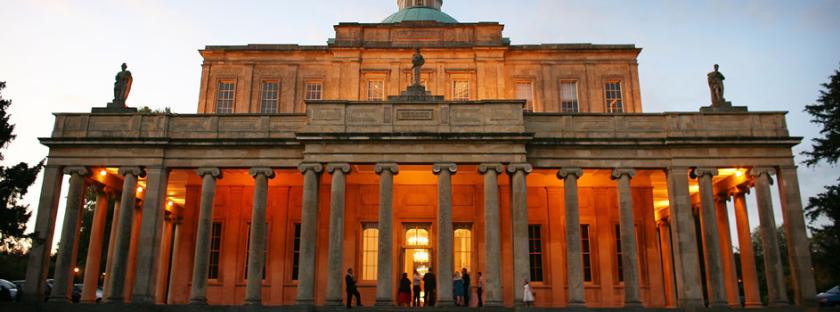

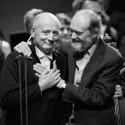









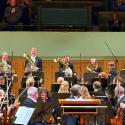
Add comment